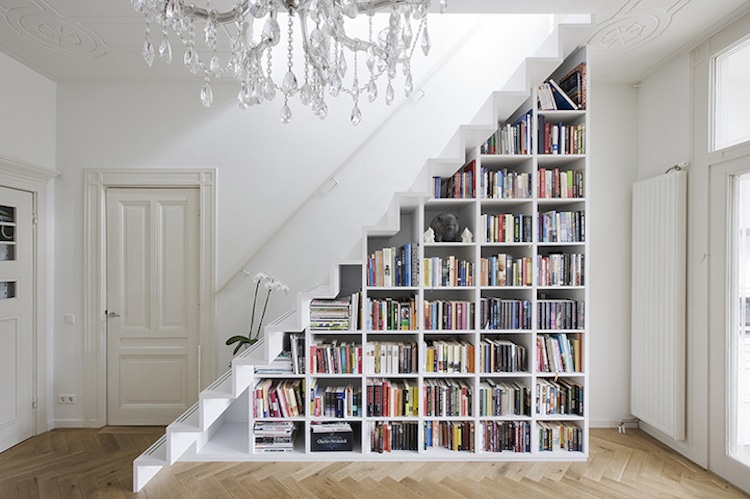When it comes to the environmental impact of your bookshelves, there are two main categories. The first is the materials they’re made from, and the second is how often you use them. The first category tends to be about the size of your book collection or the number of books you own, while the second is largely an issue of personal preference. But if you want your shelves to be as green as possible, both factors can help.
We’ve all seen those “no-waste” bins that collect plastic bottles for recycling at the grocery store, but what happens when we go to the bookstore? It turns out that most books don’t end up in one of those bins either. In fact, according to the Environmental Working Group, only 12 percent were recycled last year. But, you might say, I have a lot of books! Well, you probably do, but does that necessarily mean that you should be buying more new ones? It turns out that if you take better care of what you already have, you could actually save money by using fewer new books. To see why, let’s break down the environmental impacts associated with each type of book.

Paper:
What goes into making paper products like books and magazines is energy intensive, meaning that the process requires lots of electricity. And then once it’s finished, the materials need to be transported somewhere else for further processing before they’re ready to be shipped off to stores. This means that the more books you buy, the more fuel is needed to produce them. Paper also has to be disposed of properly after it’s been read, which adds even more unnecessary waste and pollution.
Wood:
Wood is the material traditionally used to make the shelves on our bookshelves. Most wood is harvested from forests. When trees are cut down, usually because they get too old or sick, they can no longer provide food for birds, animals, insects, or other creatures. So, to compensate for this loss, more trees have to be planted. While planting more trees sounds like a good thing, sometimes these plantations need to be cleared and replanted. Then the trees have to grow again, which takes time. Some of this land is also used to grow crops, so it’s not just clear cutting for trees. All of this deforestation leads to greenhouse gas emissions and habitat destruction, as well as carbon dioxide emissions and soil erosion.
Steel:
The problem with steel shelves is that they tend to be pretty heavy. If you have a large book collection you might need more than one shelf to hold everything. Also, steel is very susceptible to corrosion (think rust) which makes them less attractive to look at. Finally, since the steel is mostly recyclable, it ends up coming back to life in a factory where it gets melted down and remade into something else. Steel is also used to make cars, trucks, buildings, and appliances, so every time it’s discarded, it creates more greenhouse gas emissions.
Plastic:
Plastic is easy to recycle when it’s thrown away. Unfortunately, it doesn’t always end up getting recycled because it’s often mixed in with other trash. As a result, millions of tons of plastic end up in landfills every year, adding to the amount of oil we burn for fuel. Not only that, but a lot of plastics contain chemicals called phthalates that are known to cause health issues like reproductive problems and cancer.

Bamboo:
Bamboo is a renewable resource, and its production does not require a huge area of land. That said, producing bamboo still involves clearing an area of forestland to plant and raise the bamboo plants. Because it isn’t grown in areas of high population density, it tends to require a lot of water, so growing it may also lead to water shortages. Plus, harvesting bamboo can damage the environment. For example, the harvesting process releases methane, a greenhouse gas, into the atmosphere.
The books are made of papers that are recyclable in nature. A person need to be really carefully while selecting the books for the kapp. The proper analysis must be there and the one that are of the sue of the person must be added. The cleaning of the shelves must be done on the regular basis.
So now you know! You could theoretically reduce your environmental impact by simply choosing to buy less books. However, there are ways to minimize the amount of paper you use without reducing your overall library. First off, check out some of these tips for buying books online. Second, consider going digital. Third, think about how much space you really need for your books. Many people keep their books stored on the floor or under their beds—that’s not exactly ideal storage space. Instead, try storing them inside the drawers of a cabinet or closet. Or you could even build a custom bookshelf for yourself rather than purchasing a pre-made one.

